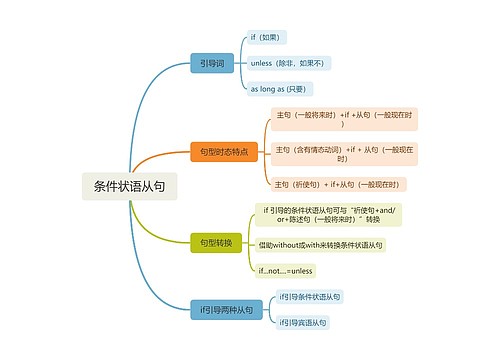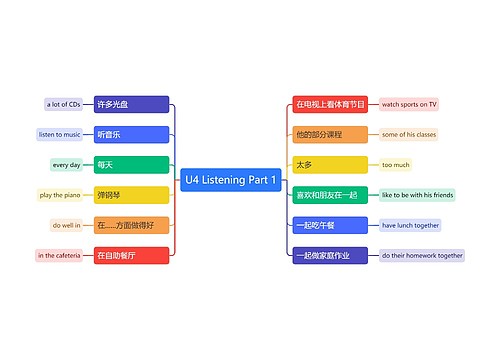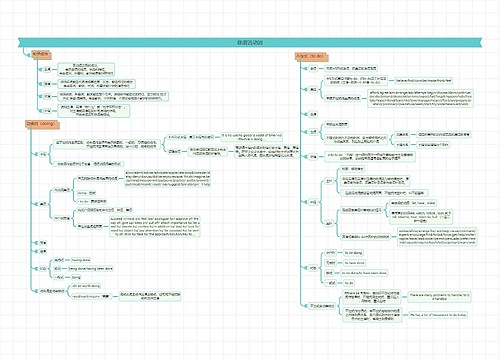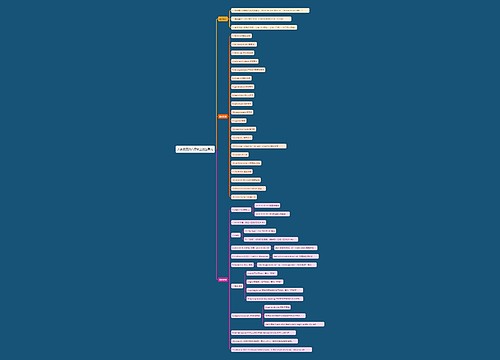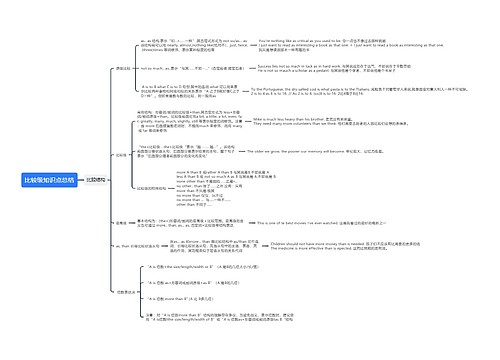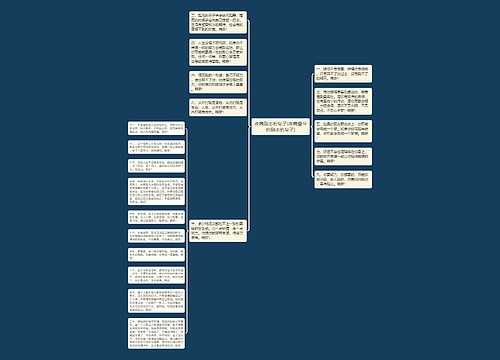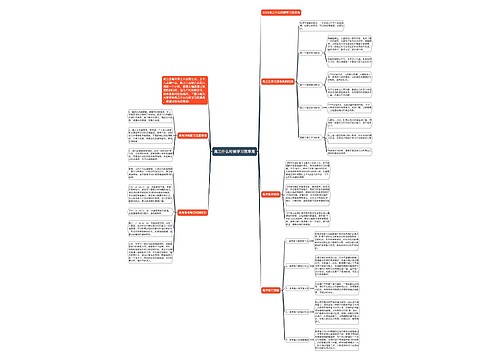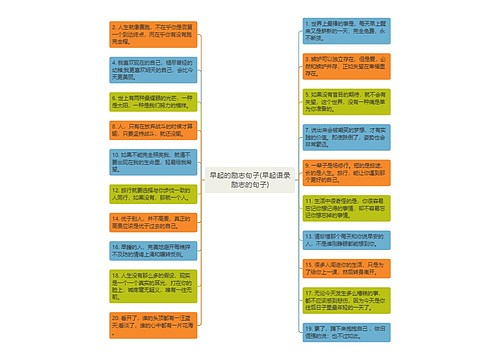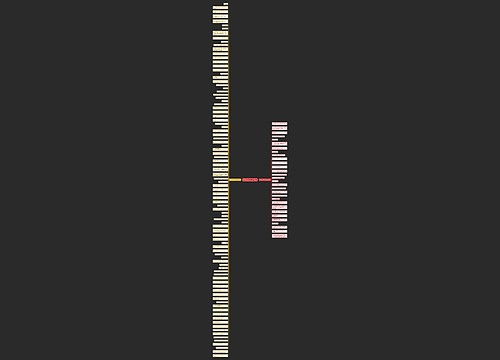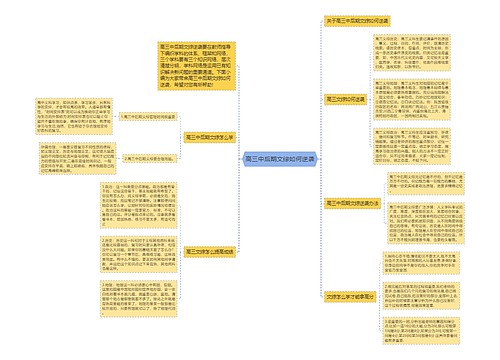英语八年级下册Unit10 I’ve had this bike for three years课堂笔记思维导图
周易小小苏
2023-04-24

英语八年级下册Unit10 I’ve had this bike for three years课堂笔记,课本知识点梳理,重点词语,单词,句型
树图思维导图提供《英语八年级下册Unit10 I’ve had this bike for three years课堂笔记》在线思维导图免费制作,点击“编辑”按钮,可对《英语八年级下册Unit10 I’ve had this bike for three years课堂笔记》进行在线思维导图编辑,本思维导图属于思维导图模板主题,文件编号是:a5e287bad5fbe8e7317ea574599ab28f
思维导图大纲
相关思维导图模版
英语八年级下册Unit9Have you ever been to a museum?课堂笔记思维导图
 周易小小苏
周易小小苏树图思维导图提供《英语八年级下册Unit9Have you ever been to a museum?课堂笔记》在线思维导图免费制作,点击“编辑”按钮,可对《英语八年级下册Unit9Have you ever been to a museum?课堂笔记》进行在线思维导图编辑,本思维导图属于思维导图模板主题,文件编号是:622bcd9f7486a129775770ae92e6db7a
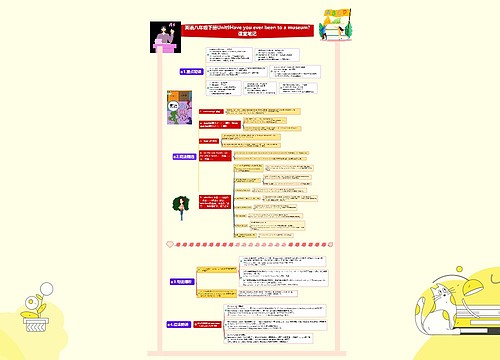
英语八年级下册Unit8Have you read Treasure Island yet?课堂笔记思维导图
 周易小小苏
周易小小苏树图思维导图提供《英语八年级下册Unit8Have you read Treasure Island yet?课堂笔记》在线思维导图免费制作,点击“编辑”按钮,可对《英语八年级下册Unit8Have you read Treasure Island yet?课堂笔记》进行在线思维导图编辑,本思维导图属于思维导图模板主题,文件编号是:902308560bc2c70102a3b72fd8cce8e9


